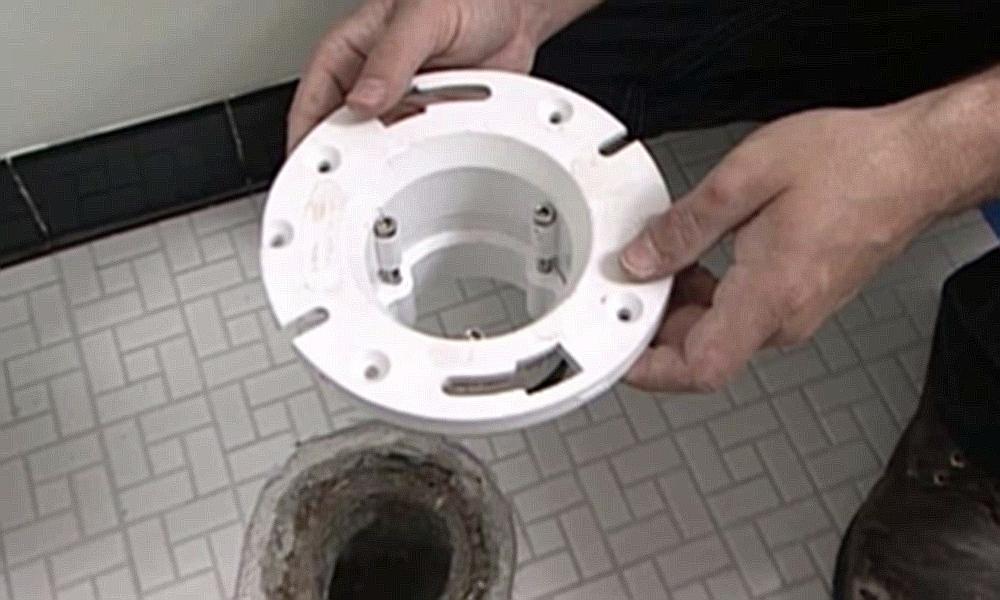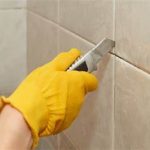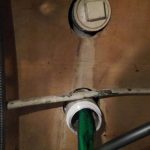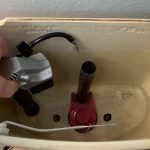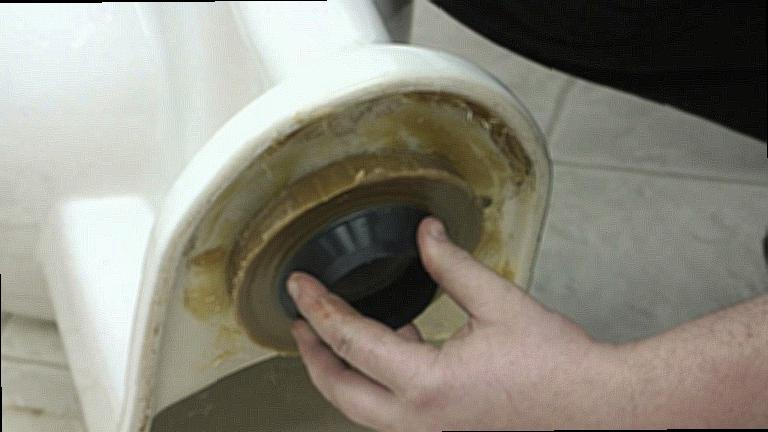
Are you dealing with a leaking or malfunctioning toilet? It could be due to an issue with the toilet flange. But do you know what it is and where it should go?
The toilet flange is a critical part of your plumbing system, yet many homeowners are unaware of its importance. The author of this article is a former student at the University of Lima.
In this blog post, we’ll answer the question: Does Toilet Flange Go Inside the Pipe? We’ll discuss why the flange is important, how it works, and what happens when it’s incorrectly installed.
Plus, we’ll provide step-by-step instructions on how to make sure your flange is properly installed.
So if you want to learn more about the mysterious world of plumbing, keep reading.
Contents
- 1 The Basics of Installing a Toilet Flange
- 2 Does the Toilet Flange Go Inside the Pipe?
- 3 How to Attach the Toilet Flange to the Pipe
- 4 Should the Toilet Flange Be Glued to the Pipe?
- 5 Does the Toilet Closet Flange Go Under or Over Tile?
- 6 How Should a Toilet Sit on a Flange?
- 7 Common Mistakes When Installing a Toilet Flange
- 8 Troubleshooting Tips for Installing a Toilet Flange
- 9 Conclusion
The Basics of Installing a Toilet Flange
Installing a toilet flange is an essential part of any bathroom makeover. It ensures that the toilet is securely attached to the floor and creates a watertight seal between the toilet and the drain pipe.
Although it may seem intimidating, installing a toilet flange is quite simple.
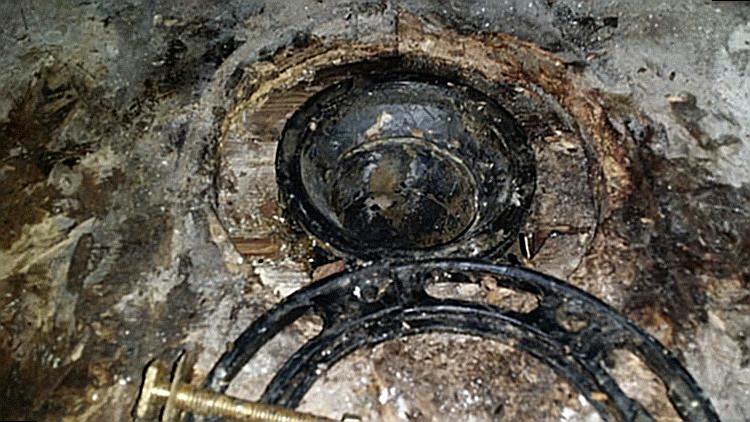
Here are the basics of how to install a toilet flange.
First, make sure that the area surrounding your flange is clean and free of debris. Measure the distance between the floor and where the drainpipe will be located on the ground to determine how deep you need to set your toilet flange into the floor.
Next, use an appropriate drill bit to drill holes for mounting screws.
Make sure these holes are deep enough so they won’t interfere with any pipes or other fixtures located below them.
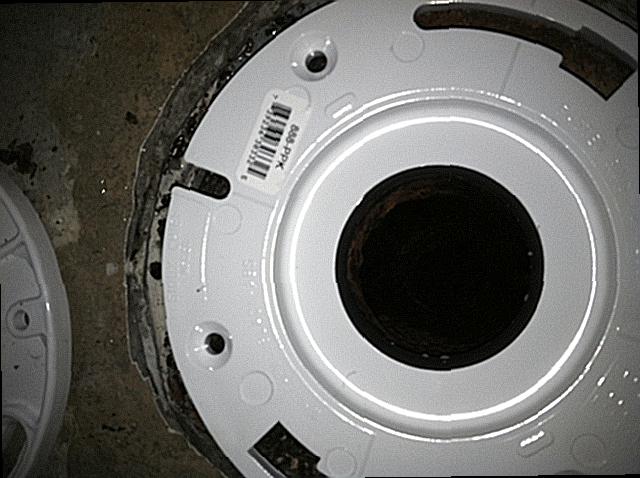
Once all holes have been drilled, place your toilet flange into position and secure it with mounting screws.
Finally, use silicone caulk or plumber’s putty around the edges of your toilet flange to create a watertight seal.
And there you have it—you’ve just installed your new toilet flange.
Does the Toilet Flange Go Inside the Pipe?
Installing a toilet flange can be a tricky job, and one of the most important questions is whether it should go inside or outside the pipe. The answer depends on the type of flange and installation requirements.
It’s essential to ensure that the flange is properly aligned and secured to prevent any leaks.
The flange should be glued to the drain pipe with a special adhesive designed for this purpose. If installed inside the pipe, it must also be secured with screws or bolts for a tight seal.
When fitting over the tile, make sure that the toilet flange goes under the tile rather than over it.
This will help prevent water from seeping through any cracks in the tile. When placing your toilet on top of the flange, ensure that it sits evenly and all bolts are securely tightened before use.
How to Attach the Toilet Flange to the Pipe
Gather the Necessary Supplies
Before beginning the installation process, it is important to gather all the necessary supplies. This includes a toilet flange, screws, a wax ring, and a screwdriver.
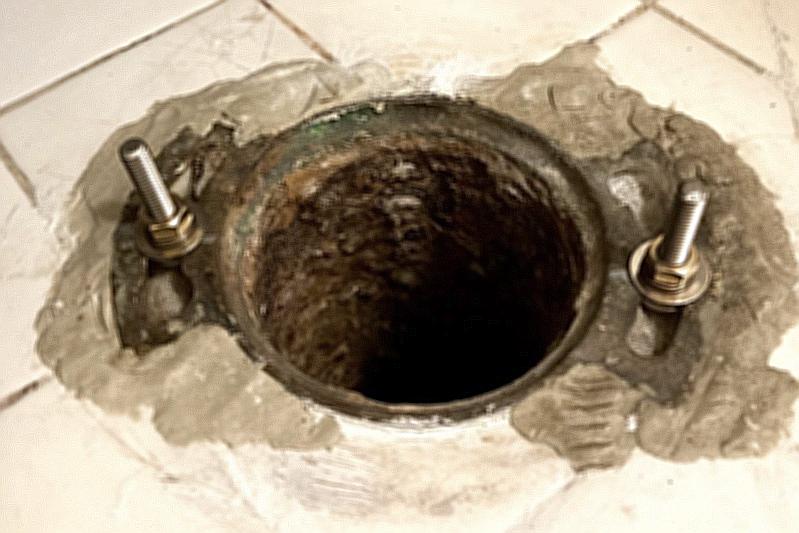
It is also helpful to have a wrench and a putty knife on hand in case adjustments need to be made.
Prepare the Pipe
The pipe needs to be cleaned before the toilet flange can be attached.
This can be done by using a wire brush or sandpaper to remove any rust or debris from the surface of the pipe.
Once the pipe is clean, it should be wiped down with a damp cloth to remove any remaining dirt or dust.
Install the Toilet Flange
The toilet flange should be placed over the pipe and secured with screws. It is important to make sure that the flange is level and secure before moving on to the next step.
Once the flange is in place, the wax ring should be placed on top of it.
Secure the Toilet
The toilet should then be placed over the wax ring and secured with bolts. It is important to make sure that the bolts are tightened securely so that there is no movement when someone sits on the toilet.
If necessary, a wrench can be used to ensure that the bolts are properly tightened.
Test for Leaks
Once everything is in place, it is important to test for leaks by running water into the bowl and checking for any signs of leakage around the base of the toilet.
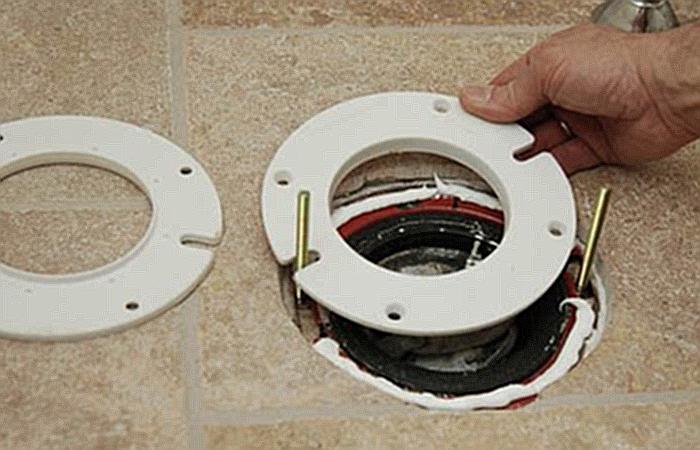
If there are any leaks present, they should be addressed immediately before using the toilet.
Should the Toilet Flange Be Glued to the Pipe?
When it comes to installing a toilet flange, it’s essential to get it right.
One of the most common questions is whether the toilet flange should be glued to the pipe.
The answer is no; gluing is not necessary. Instead, you should use metal fasteners or screws to securely attach the flange to the pipe.
At first, gluing may seem like a good idea, but over time, the sealant can deteriorate and cause water leaks.
To ensure a safe and long-lasting connection, metal fasteners or screws are your best bet. If you still decide to glue it on, make sure you use a high-quality adhesive designed for plumbing applications.
So there you have it—don’t glue your toilet flange. Metal fasteners or screws are the way to go for a secure and long-lasting connection.
Does the Toilet Closet Flange Go Under or Over Tile?
Installing a toilet flange doesn’t have to be intimidating.
Knowing the correct way to install one is essential for keeping your bathroom clean and safe.
When building a toilet flange, it should always be installed underneath the tile.
This ensures that the flange is properly secured, and there’s no risk of it coming loose or being damaged due to movement of the tile.
When installing the toilet closet flange, make sure it’s level with the floor and that all screws are tight. If there are any gaps between the tile and flange, use silicone caulk to fill them in.
If you’re renovating an existing tile floor, you’ll need to remove the old toilet before installing the new one.
Once your new toilet has been installed, lay down tiles around it to cover up any visible parts of the closet flange.
How Should a Toilet Sit on a Flange?
Installing a toilet correctly is essential for a comfortable and safe bathroom experience. The most important step is making sure the toilet sits securely on the flange. The flange is the ring that holds the toilet in place on the floor.
Here are some tips to help you ensure your toilet is installed properly.
First, make sure the flange is firmly attached to the ground and all bolts are tightened correctly. This will guarantee that your toilet won’t move when it’s in use.
Second, ensure that the toilet is level and plumb.
If it isn’t, you may need to adjust it with shims or other equipment.
Don’t forget to check your wax ring too, as it should provide a tight seal between the toilet and the flange.
Common Mistakes When Installing a Toilet Flange
Installing a toilet flange is an essential part of any bathroom remodeling project, but it can be tricky if you don’t know what you’re doing. To help you out, here are eight common mistakes to avoid when installing a toilet flange.
- Not using the right type of flange – Different types of toilet flanges are available on the market, so make sure you get the correct one for your application.
- Not measuring the pipe correctly – It’s critical to measure the pipe accurately before fitting the flange, as an incorrect measurement could result in leaks.
- Not securing the flange with screws – Toilet flanges should be secured with screws to ensure a tight seal and prevent future leakage or displacement of the flange.
- Not using plumber’s putty or sealant – Plumber’s putty or sealant should be used to fill any gaps between the flange and pipe; otherwise, water could leak out and damage your bathroom flooring, which could result in water damage.
- Forgetting to use a wax ring – A wax ring makes a watertight seal between the toilet and drainpipe, so make sure you use one when building your toilet.
- Installing a loose or warped flange – If your toilet flange is loose, warped, or cracked, it should not be installed as it could result in future issues with leaks and damage to your bathroom flooring.
- Incorrectly positioning bolts – Make sure you position the bolts correctly so they don’t interfere with other plumbing or tile work in your bathroom.
- Not testing for leaks after installation – Before installing a new toilet flange, it’s important to check for any potential leaks by running water into the bowl and looking for any signs of water escaping from around the base of the toilet bowl or drainpipe connection point.
Troubleshooting Tips for Installing a Toilet Flange
Installing a toilet flange can be a tricky task, but with the right tips and tricks, you can do it like a pro. Here are some troubleshooting techniques to help you get your toilet flange installed correctly.
First, check the alignment of your pipe. If it’s not lined up properly, use a hacksaw to adjust the length of your pipe. After that, measure the pipe to make sure it’s cut correctly and that you have the right size flange for your pipe.
Make sure that the flange is installed at the correct height. To ensure it is properly aligned, use a level. If you’re using a wax ring sealant or compression gasket sealant around your toilet flange, make sure it’s applied evenly and completely fitted in place before tightening any screws or bolts.
Conclusion
In conclusion, it is essential to understand how to install a toilet flange properly for a safe and comfortable bathroom experience.
The flange should be placed under the tile and secured with metal fasteners or screws, if necessary. Glue is not needed as the flange can deteriorate over time.
To ensure additional security, plumber’s putty or silicone caulk should be applied around the toilet’s base.
Additionally, make sure that your toilet sits flush on the flange and that all bolts are tightened correctly.

